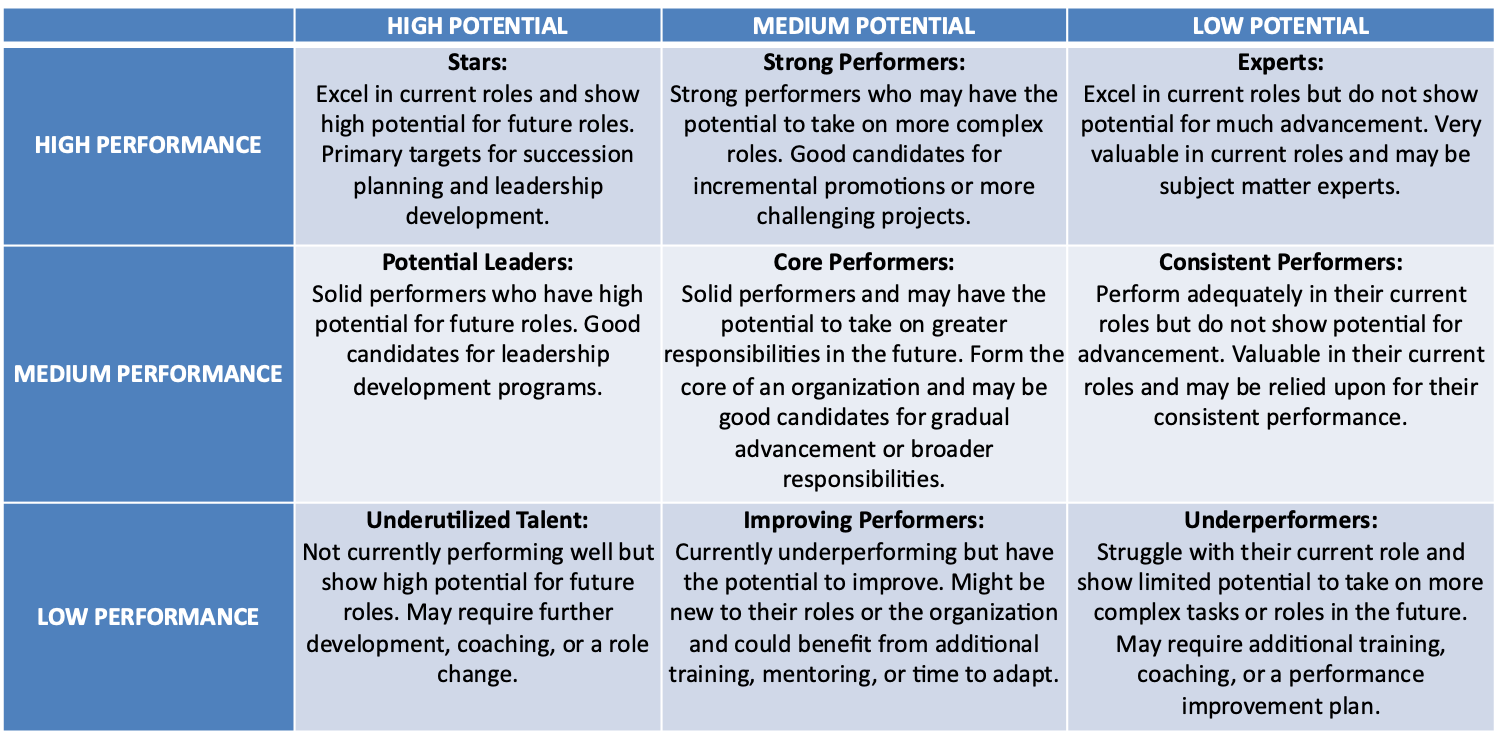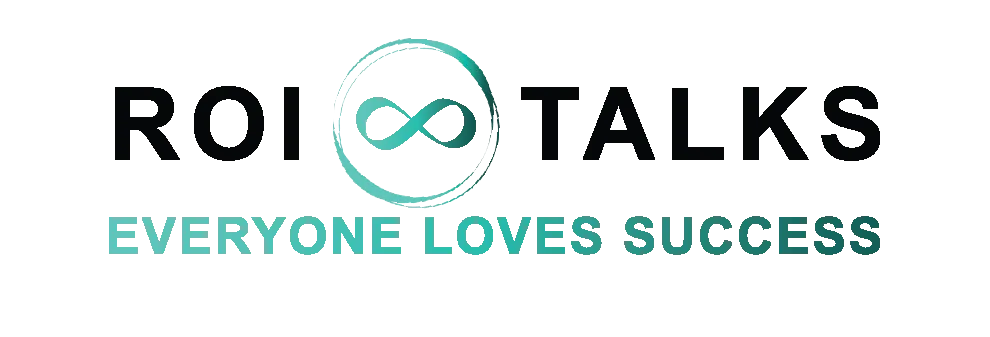Everyone Loves Success
ROI TALKS
Roi Talks Blog

Mapping Success: Harness the Power of the 9-Box Grid
The 9-Box Grid, a pivotal tool for evaluating and investing in individuals, is thought to have its roots within the consulting firm, McKinsey. It was created as a method for assessing different business units and prioritizing resource allocation.
In the late 1960s and 1970s, this tool was specifically adapted for General Electric (GE) with the aim of helping them evaluate the potential of their employees. This allowed GE to prioritize their investments and strategize more effectively.
Interestingly, the 9-Box Grid is said to have been inspired by the "Boston Box," a model developed by the Boston Consulting Group. Originally, the "Boston Box" was used to evaluate business or product potential. However, in the 9-Box Grid, this concept is applied to individuals, offering a unique perspective on talent management.
The 9-Box Grid is a popular tool used in human resource management to evaluate and plot a company's talent pool. It's a matrix that assesses employees based on their performance and potential. The grid consists of nine boxes, each representing a different combination of performance and potential. Here's a brief description of what each box signifies:

Low Performance/Low Potential (Bottom Left): These employees struggle with their current role and show limited potential to take on more complex tasks or roles in the future. They may require additional training, coaching, or, in some cases, a performance improvement plan.
Low Performance/Medium Potential: These employees are currently underperforming but have the potential to improve. They might be new to their roles or the organization and could benefit from additional training, mentoring, or time to adapt.
Low Performance/High Potential: These employees are not currently performing well but show high potential for future roles. They may be in the wrong role or may be new and still learning. They often require further development, coaching, or a role change.
Medium Performance/Low Potential: These employees perform adequately in their current roles but do not show potential for advancement. They are often valuable in their current roles and may be relied upon for their consistent performance.
Medium Performance/Medium Potential: These employees are solid performers and may have the potential to take on greater responsibilities in the future. They often form the core of an organization and may be good candidates for gradual advancement or broader responsibilities.
Medium Performance/High Potential: These employees are solid performers who have high potential for future roles. They are often good candidates for leadership development programs.
High Performance/Low Potential: These employees excel in their current roles but do not show potential for much advancement. They are often very valuable in their current roles and may be subject matter experts.
High Performance/Medium Potential: These employees are strong performers who may have the potential to take on more complex roles. They are often good candidates for incremental promotions or more challenging projects.
High Performance/High Potential (Top Right): These employees are the organization's stars. They excel in their current roles and show high potential for future roles, often leadership positions. They are usually the primary targets for succession planning and leadership development programs.
Remember, the 9-Box Grid is a tool and should be used as part of a broader talent management strategy. It's also important to communicate clearly with employees about what the grid means and how it's used to ensure transparency and understanding.
ROI TALKS™
Marina Plaza - Office 1004 -1006
Dubai Marina, Dubai, UAE





